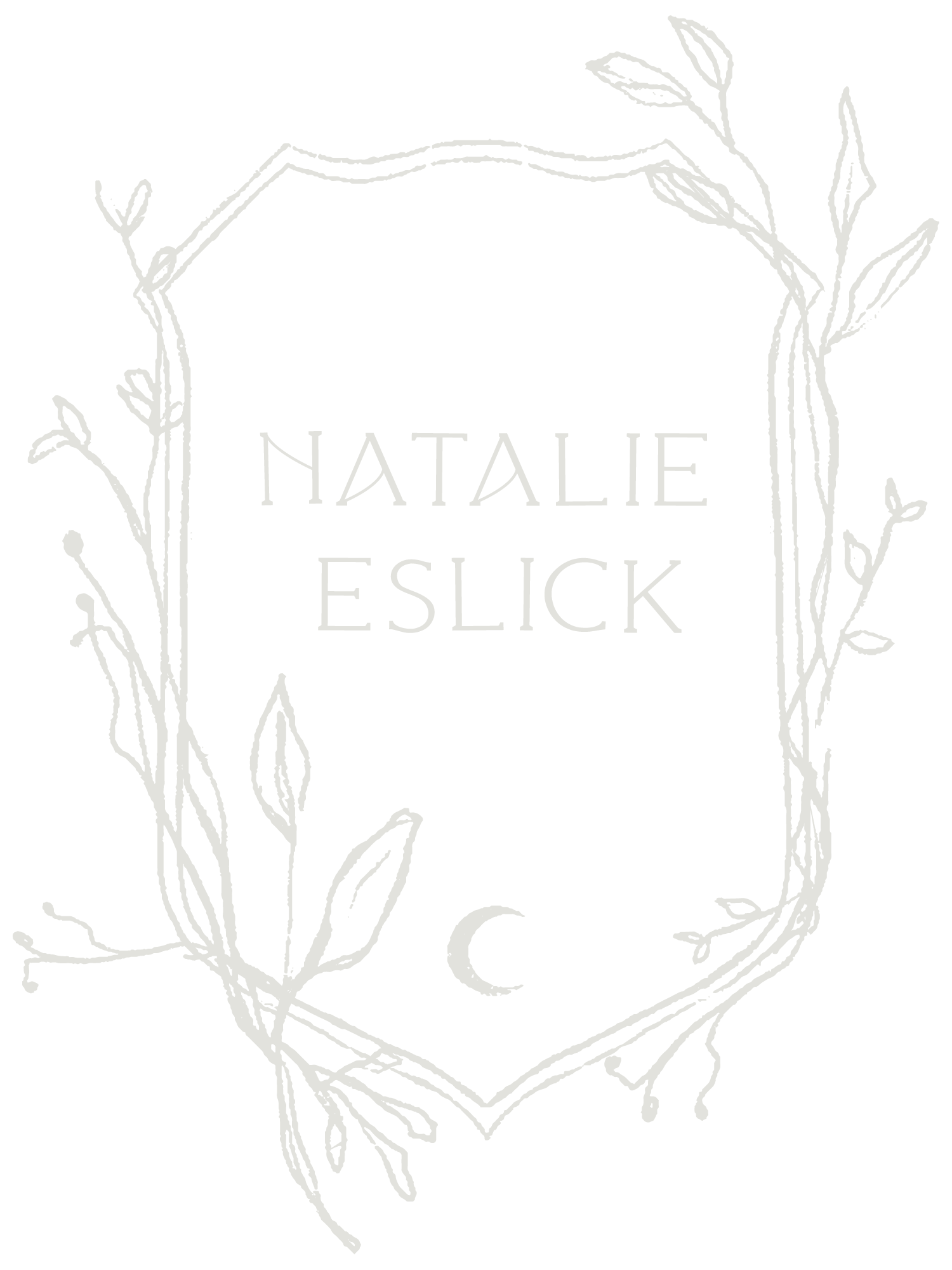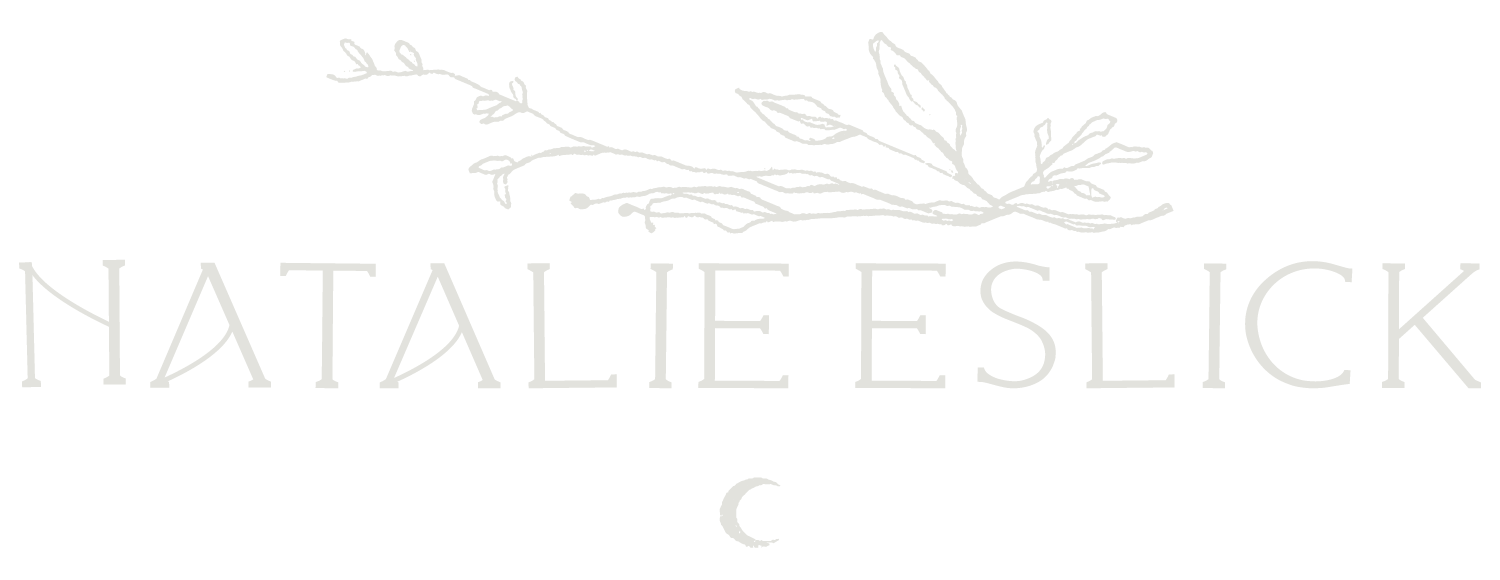The Art of Imperfection
I finished a page of my sketchbook today, and I was pondering the tiny shadow of an eye that only I can probably see. An eye that was in the wrong place, and that I had spent quite a bit of time rendering until I realised my “mistake”. An eye that I then erased as best I could without ruining the paper, and kept going anyway.
Have you ever found yourself frustrated by a line that went astray or a proportion that seemed off in one (or many) of your sketches? Perhaps you've torn pages from your sketchbook, crumpling them up in disappointment, unworthy because they did not come close to the image in your mind’s eye. Guess what? We have all been there. Just like my eye above. You're not alone, but my friend, these 'mistakes' are actually stepping stones in your artistic journey, and are evidence of growth.
They are necessary. They are normal.
It is all part of the beautiful art of imperfection.
As representational artists, we seek realism, and in doing so we often strive for perfection in capturing the essence of our wild kin or our subject. We want to honour their beauty, their spirit, their very being. But wrapped up in that, with an unwitting influence from the culture we have grown up in, we sometimes forget a fundamental truth: imperfection is not just natural, it's beautiful. And chasing perfection rather than celebrating connection and the wonder of the process that allows us to make art can be a limiter on our growth - as artists and humans.
Reframing Artistic 'Mistakes'
SO I think we should start by challenging the very notion of 'mistakes' in art, in any act of creativity. When we label something as a mistake, we're judging it against some imagined ideal of perfection. But who decides what's perfect? In nature, there's no such thing as a perfect leaf or a flawless animal. Each being is unique, with their own quirks and characteristics. Why should our art be any different? We, ourselves, are not any different.
And honestly? Perfection not only doesn’t exist, it’s kinda boring when you think about it. Also, everything is perfect, because it is here, right now, and we get to decide the definition of “perfect” for ourselves.
Instead of seeing errors, let's view unexpected outcomes as opportunities. That wobbly line you drew? It might capture the trembling energy of a deer better than a precise one ever could. The eye that's slightly larger than you intended? It might give your subject a captivating, emotive quality you hadn’t planned for.
Those unexpected lines, those proportions that seem a bit off – they're not mistakes. They're invitations to see differently, to explore new possibilities. They're the whispers of your wild creativity, urging you to break free from the constraints of perfectionism and create the way that only you can create.
Also? You are human, not a machine. And I am here to celebrate all the beauty of what we humans create with out hands and hearts rather than what a machine can perfectly execute, devoid of that spark of life we naturally imbue.
Think about it: when you observe an animal in nature, do you see perfection? Or do you see beautiful uniqueness? A bird with ruffled feathers, a coyote with an ear slightly askew – nature is in imperfections, because, well, they’re perfect. They’re life. So why shouldn't we, as artists celebrating this wild world, also be delightfully imperfect?
The next time your pencil doesn't follow the path you expected, take a deep breath. Relax your shoulders. Relax your eyebrows. Soften your face. Ask yourself: "What if this unexpected mark is exactly what my drawing needs?" Be curious about where this new direction might lead you. And you know what, even if your drawing doesn’t need that mark, maybe you can keep going anyway.
Learning from Unexpected Outcomes
Every mark we make is a learning experience. Truly, an opportunity for growth. It's a chance to deepen your understanding of your subject, your tools, and yourself as an artist.
When something doesn't turn out as planned, it can be helpful to ask yourself:
What was I trying to achieve?
What actually happened?
What can I learn from this?
Perhaps you'll discover a new technique for rendering fur, or find that the 'mistake' actually captures movement in a way you hadn't considered before. Maybe you'll learn something about your own unique artistic process - how you hold your pencil, how you observe, how you translate what you see onto paper.
Remember, our wild subjects are constantly adapting and learning. A bird doesn't give up flying after a clumsy landing; they adjust and try again. I have seen many galahs faceplant! We can take a leaf from their book.
Here's a little exercise to help you embrace these learning opportunities:
Choose a recent drawing that didn't turn out as you expected.
Spend a few minutes looking at it with fresh eyes. What do you see now that you didn't notice before?
Write down three things you've learned from this drawing. Maybe it's about the animal's form, or perhaps it's about your own drawing process.
Write down three thing you want to celebrate about this drawing. Look at it with the same love and open-heartedness that you would a child’s drawing - I promise there is a whole lot in there worth celebrating!
Now, start a new sketch incorporating these learnings and feeling deep into that celebration. Allow yourself to be playful and experimental.
Remember, every great artist throughout history has learned from their 'mistakes'. It is how we learn anything! We did not come out of the womb learning to write, to talk - to drive! We have to make ‘mistakes’ to learn. They're not setbacks – they're stepping stones on your beautifully wining artistic path.
Embracing Unique Mark-Making
Your 'imperfections' are what make your art uniquely yours. They're your artistic fingerprint, as individual as the stripes on a tiger or the spots on a leopard. By embracing these quirks, you develop your own style - something far more valuable than technical perfection.
Try this exercise: Spend 10 minutes sketching a wildlife subject with your non-dominant hand. Notice how the lines are less controlled, perhaps a bit (or a lot!) shaky or awkward. But also notice how these lines might capture energy, movement, or emotion in a way your usual style doesn't. There's beauty in this rawness, this imperfection.
Think about the great artists you admire. What draws you to their work? Is it technical perfection, or is it the way they capture the spirit of their subjects? More often than not, it's their unique style – their particular way of making marks on paper – that makes their art so captivating.
The Joy of Imperfect Art
When we let go of the need for perfection, we open ourselves to joy, experimentation, and true connection with our subjects. We're no longer trying to create a photographic representation, but rather an emotional one. We're capturing the essence of our wild kin, their spirit, their aliveness - and that includes all their beautiful imperfections.
Remember, every great artist started as a beginner. Every masterpiece was preceded by countless 'imperfect' sketches. These aren't failures - they're essential steps on your artistic journey.
Also remember, more importantly, my dear wild-hearted creative, you are not a machine.
You are a beautifully imperfect human being, with a unique perspective and a wild, creative heart. Your art is an expression of your connection to the natural world, a celebration of life in all its messy, imperfect glory.
So next time you're tempted to judge your work harshly, pause. Look at your 'mistake' with curiosity rather than criticism. What can you learn from it? How does it make you feel? How might it actually enhance your representation of the wild being you're honouring?
Embrace your imperfections. Celebrate them. For in doing so, you're not just growing as an artist - you're connecting more deeply with the beautifully imperfect natural world around us.
We need your art – in all its beautiful imperfection. Happy sketching, wild heart!
PS: Tell me, what 'mistake' in your recent sketches, drawings or paintings has led to an unexpected discovery or a new way of seeing your subject? Share your experience in the comments – let's celebrate our beautiful imperfections together!
The Original Drawing and Limited Edition Prints of this Tasmanian Swamp Harrier are available
Tasmanian Swamp Harrier Graphite Realistic Wildlife Drawing






